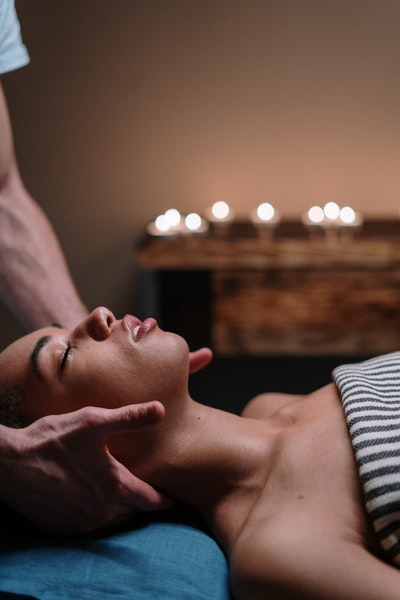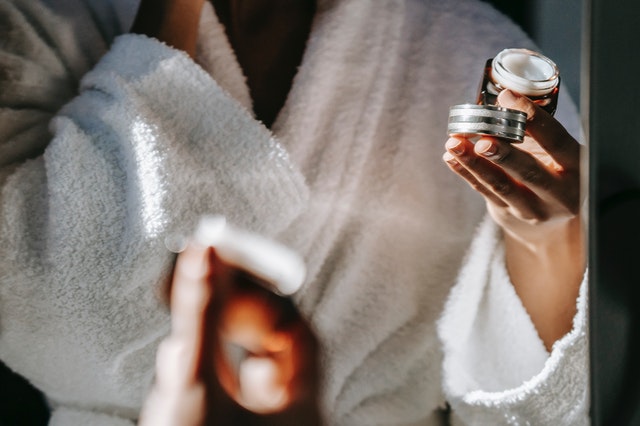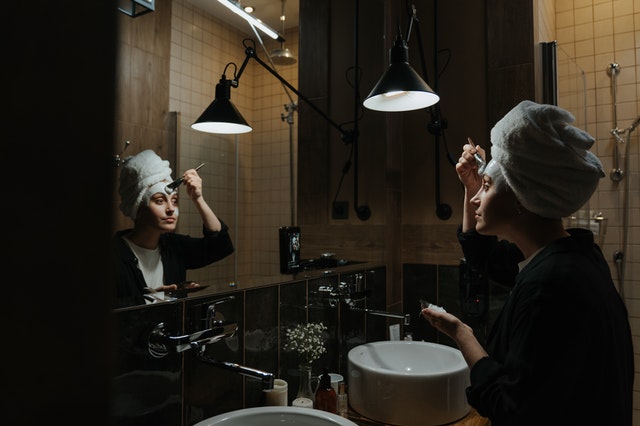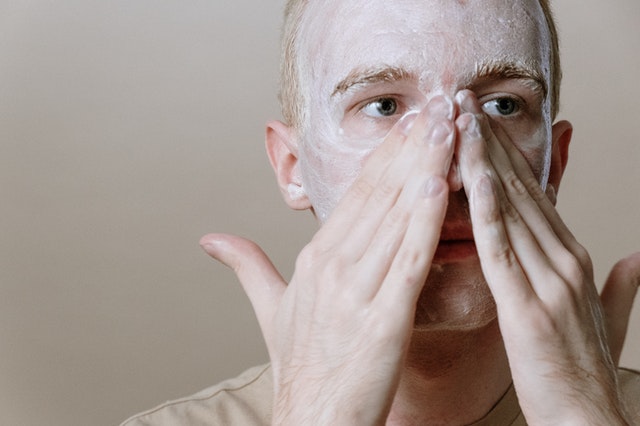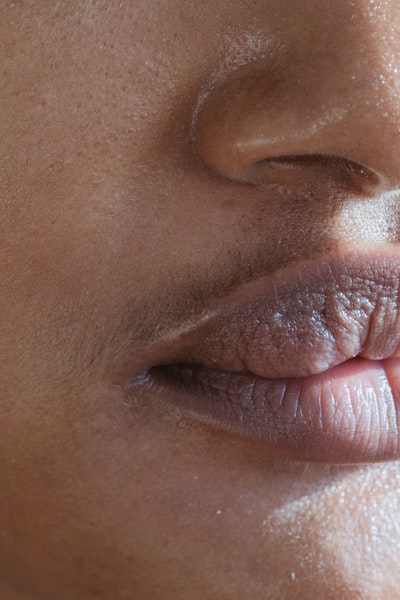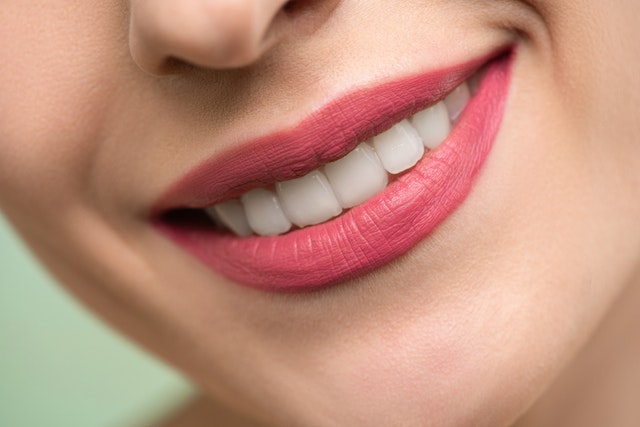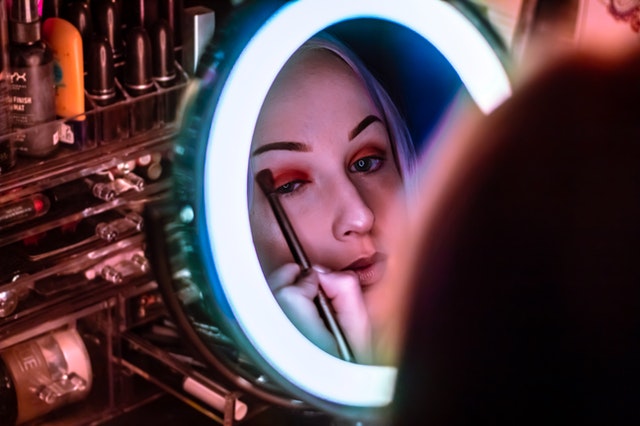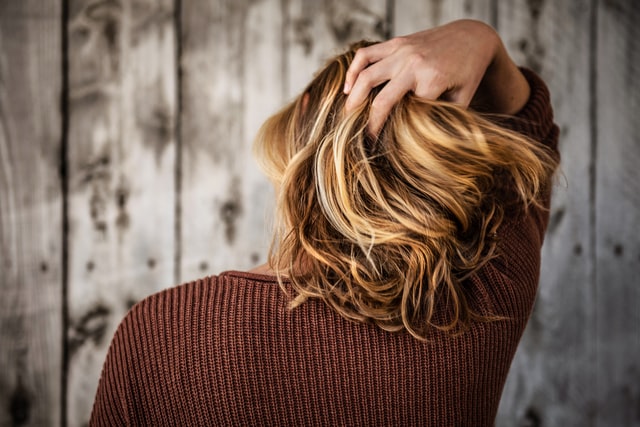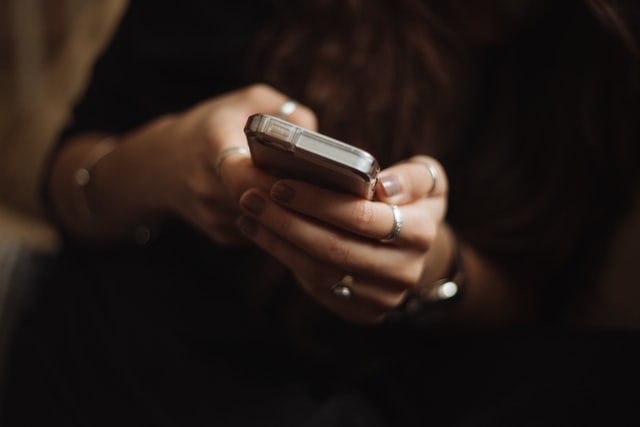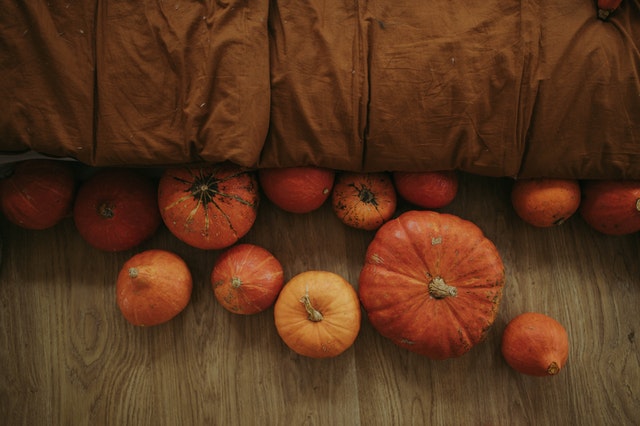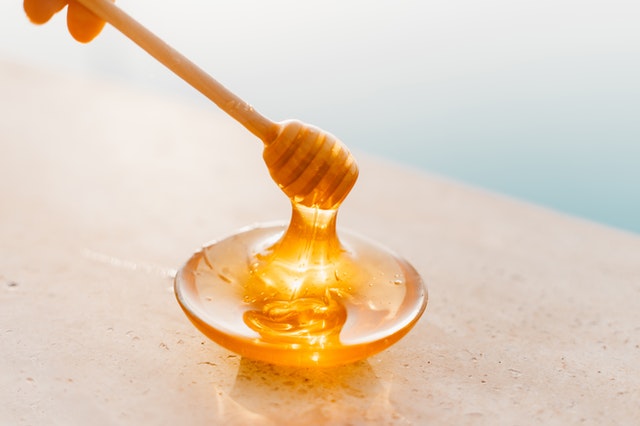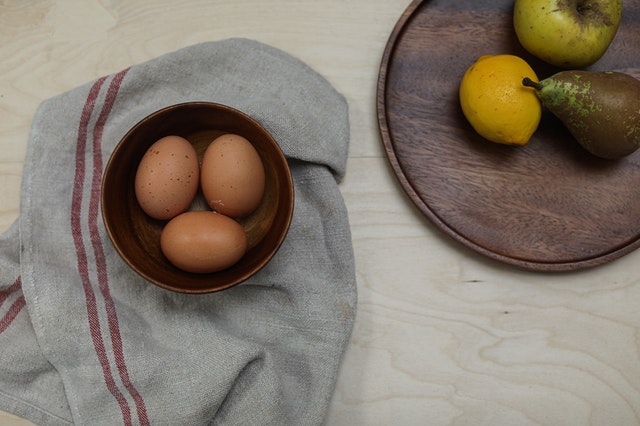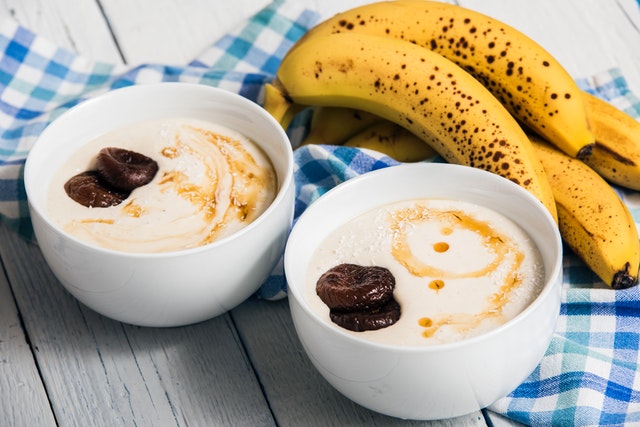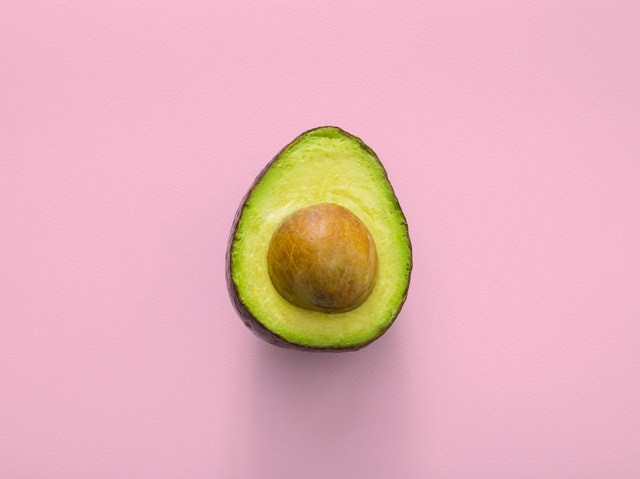Skin health has and continues to be essential to beauty standards. People with clear and vibrant skin are often admired as beautiful and inundated with questions about getting the natural glow they have.
From milk baths to Korea's modern skincare dominance, women and men continue to search for the products and treatments that will give them the appearance they wish to have. However, while people do not often shy away from spending hundreds on a month's supply of "miracle treatments" or "cures," the solution to healthy skin can usually be found in various societies worldwide.
The best part about healthy skincare is it doesn't typically require a great expense. Sure, you can spend thousands on spa treatments and home therapies, but you can also spend a fraction of that and find things equally beneficial.
1. Rose Water
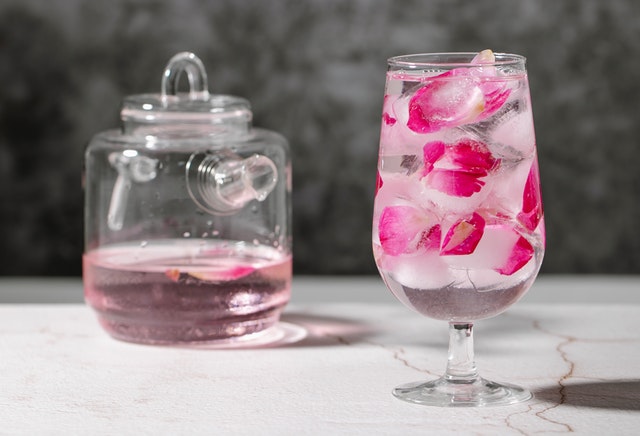
Ecuador, primarily known for the export of roses, is also home to a homeopathic treatment for removing excess oil on the skin: rose water. Rose water is made from glycerin and rose petals. The glycerin helps lock in moisture, but not before the compound from the petals dry out acne.
While many home skincare remedies take a lot of work to make, rose water is easy. You want to add a half cup of petals to a pot of water. Allow the petals and water to boil. Pour the rose water through a strainer to remove the petals, and then add the glycerin to the water, a fourth of a cup, mixing thoroughly.
2. Peppermint Scalp Massage
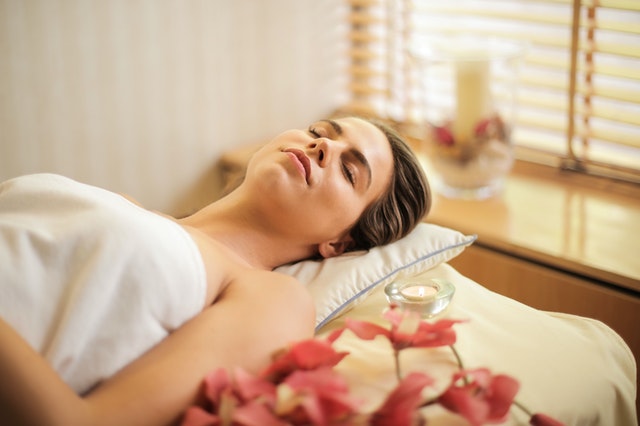
One holistic remedy for skin and hair health is peppermint oil. The peppermint plant is indigenous to Europe, and it has been a popular ingredient in shampoos and conditioners for centuries.
If you want to treat your scalp and hair to a massage, you will need to mix two to four drops of peppermint oil with a few drops of almond or olive oil. Massage the oil mixture into your hair and scalp for five minutes. According to experts, the oil can help relieve skin irritation and provide necessary moisture to hair follicles.
[insert page='Offer' display='content']
3. Lemon Juice
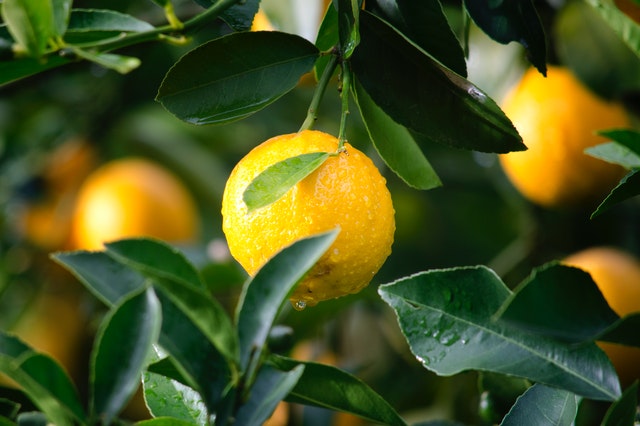
Used primarily in Asia and Central America to lighten the skin around the elbows and knees, lemon juice is a popular skin care treatment. Because lemon juice has a high concentration of citric acid, it can brighten dark spots on the body.
To use lemon juice, you only need to rub half a lemon over the area you wish to lighten. Additionally, you can apply some lemon juice to a Q-tip and apply it to areas on the face for greater control. Some experts also suggest adding some sugar to the lemon juice to act as an exfoliator.
4. Brown Rice Wash

Used by geishas and as a continued practice in Asian beauty culture, rice is used as an exfoliator and tightener. A favorite brown rice wash recipe comes from Japanese culture, and it includes equal parts brown rice, preferably organic, and water. You want to stir the mixture until a white cloud rises to the top of the bowl. Pour the water into a jar to use as a face wash and drain the rice.
There are many skin care treatments specific to cultures around the world. While many companies might try to repackage treatments as exotic or new, most skincare ingredients have not changed for centuries.
Do you think you will try one of the above skin treatments? Leave a comment below.

